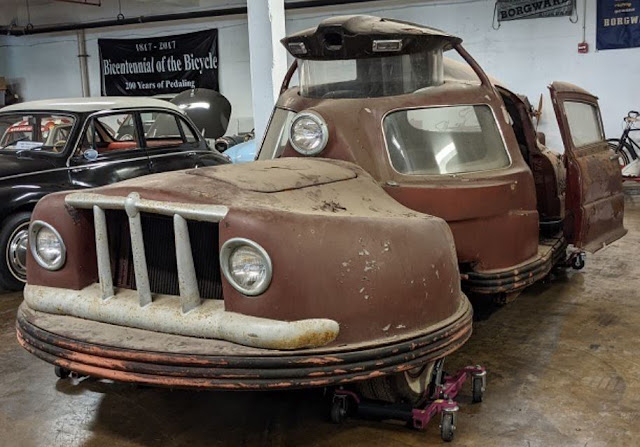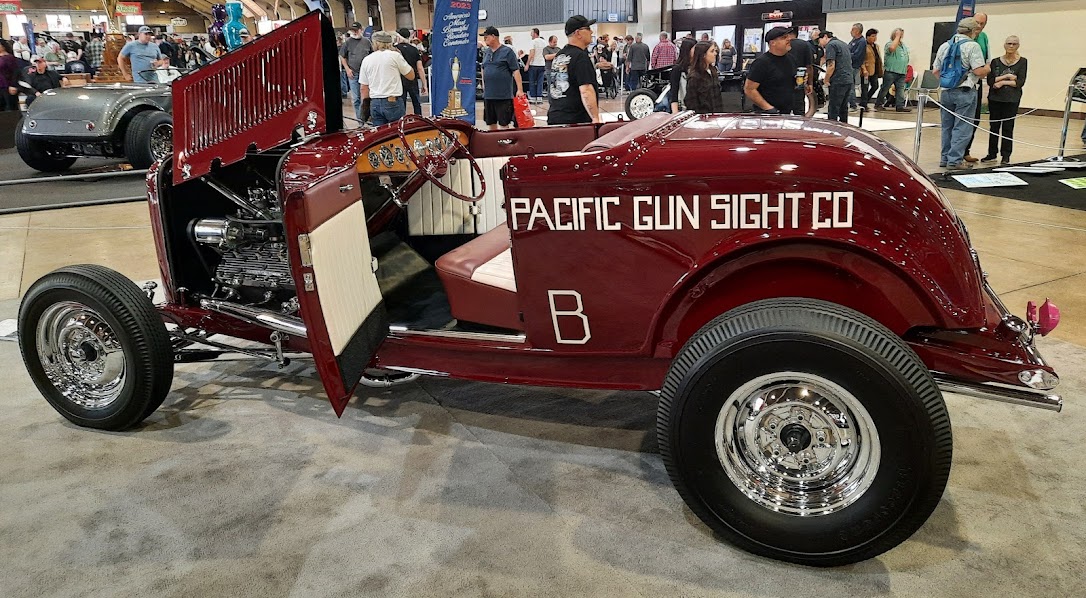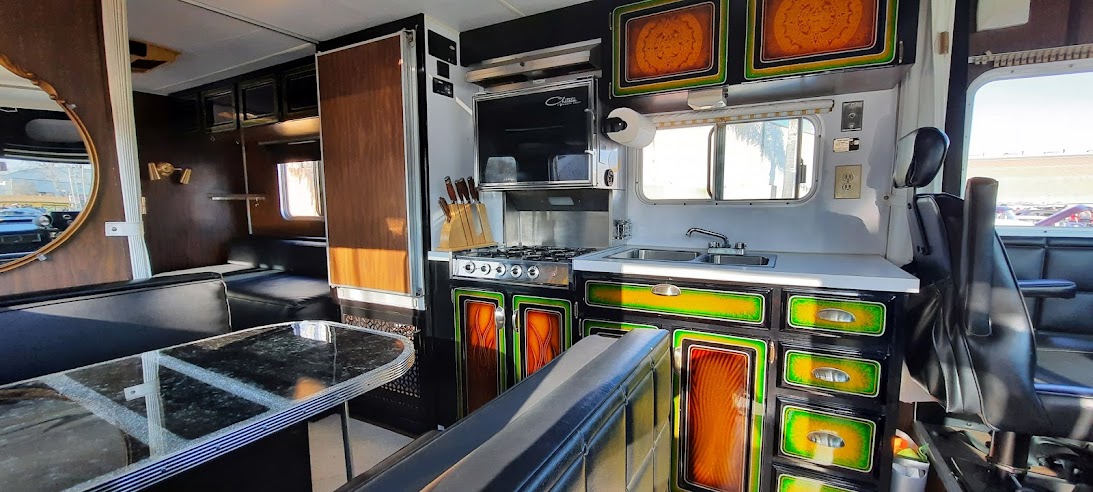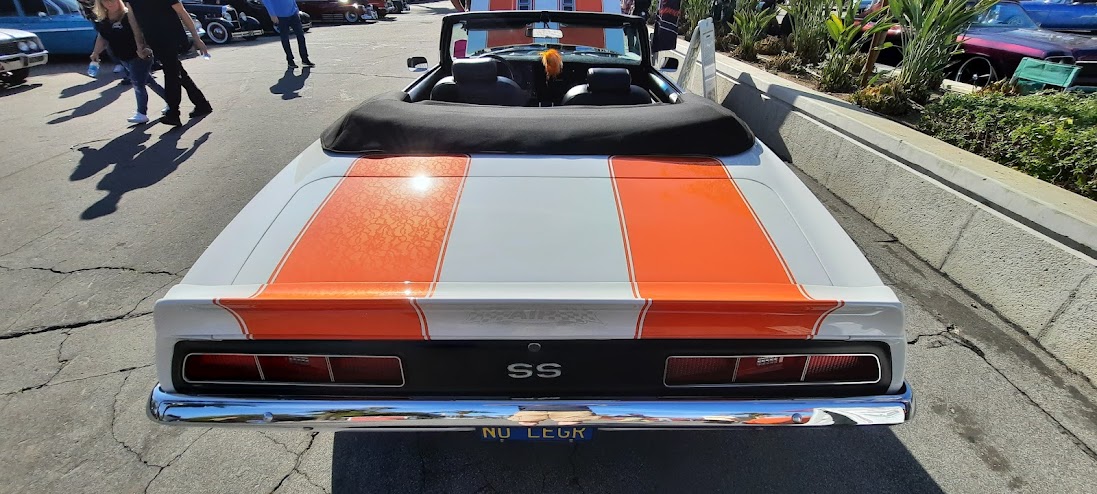Before this weekend’s fiery Norfolk Southern train derailment prompted emergency evacuations in Ohio, the company helped kill a federal safety rule aimed at upgrading the rail industry’s Civil War-era braking systems
Though Norfolk Southern’s 150-car train in Ohio reportedly burst into 100-foot flames upon derailing — and was transporting the deadly / highly toxic chemicals vinyl chloride and hydrogen chloride — spilled out after 50 cars on a Norfolk Southern Railroad train derailed en route to Pennsylvania.that triggered a fireball when they were released and incinerated — it was not being regulated as a “high-hazard flammable train”
Documents show that when current transportation safety rules were first created, a federal agency sided with industry lobbyists and limited regulations governing the transport of hazardous compounds. The decision effectively exempted many trains hauling dangerous materials — including the one in Ohio — from the “high-hazard” classification and its more stringent safety requirements.
Norfolk Southern officials also fought off a shareholder initiative that could have required company executives to “assess, review, and mitigate risks of hazardous material transportation.”
In 2017 rail industry donors delivered more than $6 million to federal politicians who responded by rescinding the rule aimed at making better braking systems widespread on the nation’s rails.
Specifically, regulators killed provisions requiring rail cars carrying hazardous flammable materials to be equipped with electronic braking systems to stop trains more quickly than conventional air brakes.
Norfolk Southern had previously touted the new technology — known as Electronically Controlled Pneumatic (ECP) brakes — for its “potential to reduce train stopping distances by as much as 60 percent over conventional air brake systems.”
So why didn't Norfolk Southern install them on it's railcars? Immediate expenses vs the risk of a billion dollar federal govt fine for a fuck up like this derailment in Ohio, when the railway company is negligent and liable.
Neither this, nor the last, president have put pressure on the right govt agencies to reinstate the brake rule or expand the kinds of trains subjected to tougher safety regulations, such as the National Transportation Safety Board, the federal agency that is investigating the accident and that had originally called for more expansive rules governing the transport of hazardous materials.
Two of five train cars believed to be carrying vinyl chloride, contained 177,000 pounds, 88,000 tons of the chemical, were likely to have been filled with the gas, and temperature changes could have set it off, officials said at the news conference.
That left leaders with two bad choices: release a gas known for its deadly potential if inhaled and associated with a higher risk of cancer or stand back for an extended period of time with the potential for an explosion.
Authorities said an explosion would come with two dangers, including the same one that comes with a controlled release, exposure to a hazardous material.
"The vinyl chloride contents of five rail cars are currently unstable and could potentially explode, causing deadly disbursement of shrapnel and toxic fumes," DeWine said.
And, did you know what Ohio has, besides this haz mat train wreck (both metaphorically and in reality)?
Erin Brockovich weighing in
Yeah, an environmental activist and law clerk so amazing a movie was made about her in her lifetime, because though she isn't a lawyer, her lawsuit resulted in the largest class action suit in American history, 333 million dollars, from PG&E, on behalf of people who had unknowingly been exposed to toxic waste.




.jpg)




.png)




.jpg)









.jpg)

.jpg)
.jpg)







.jpg)
















